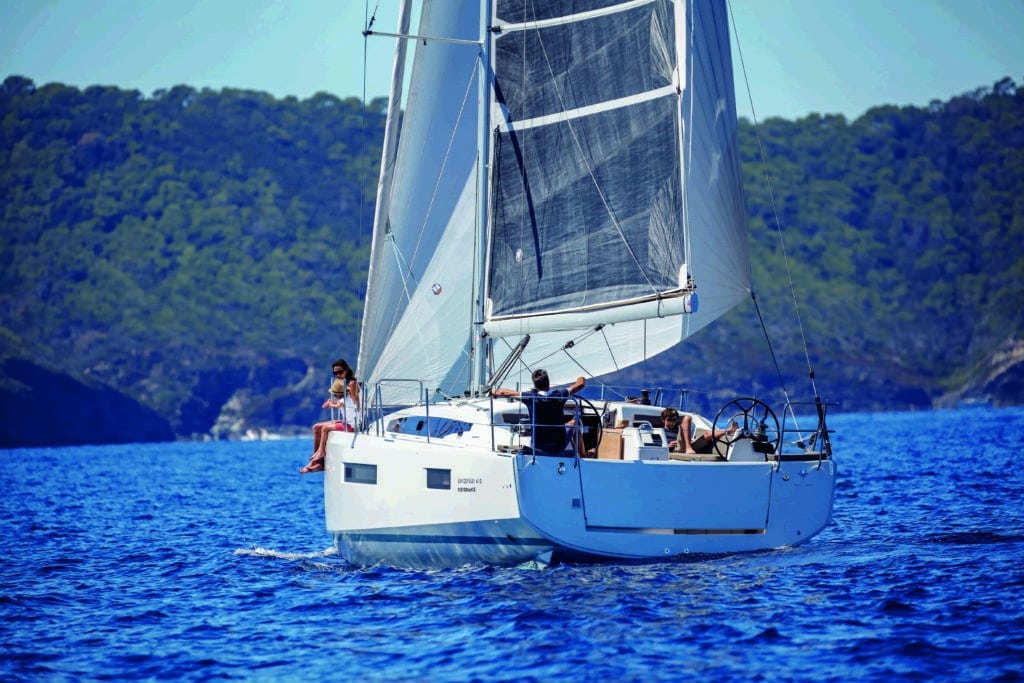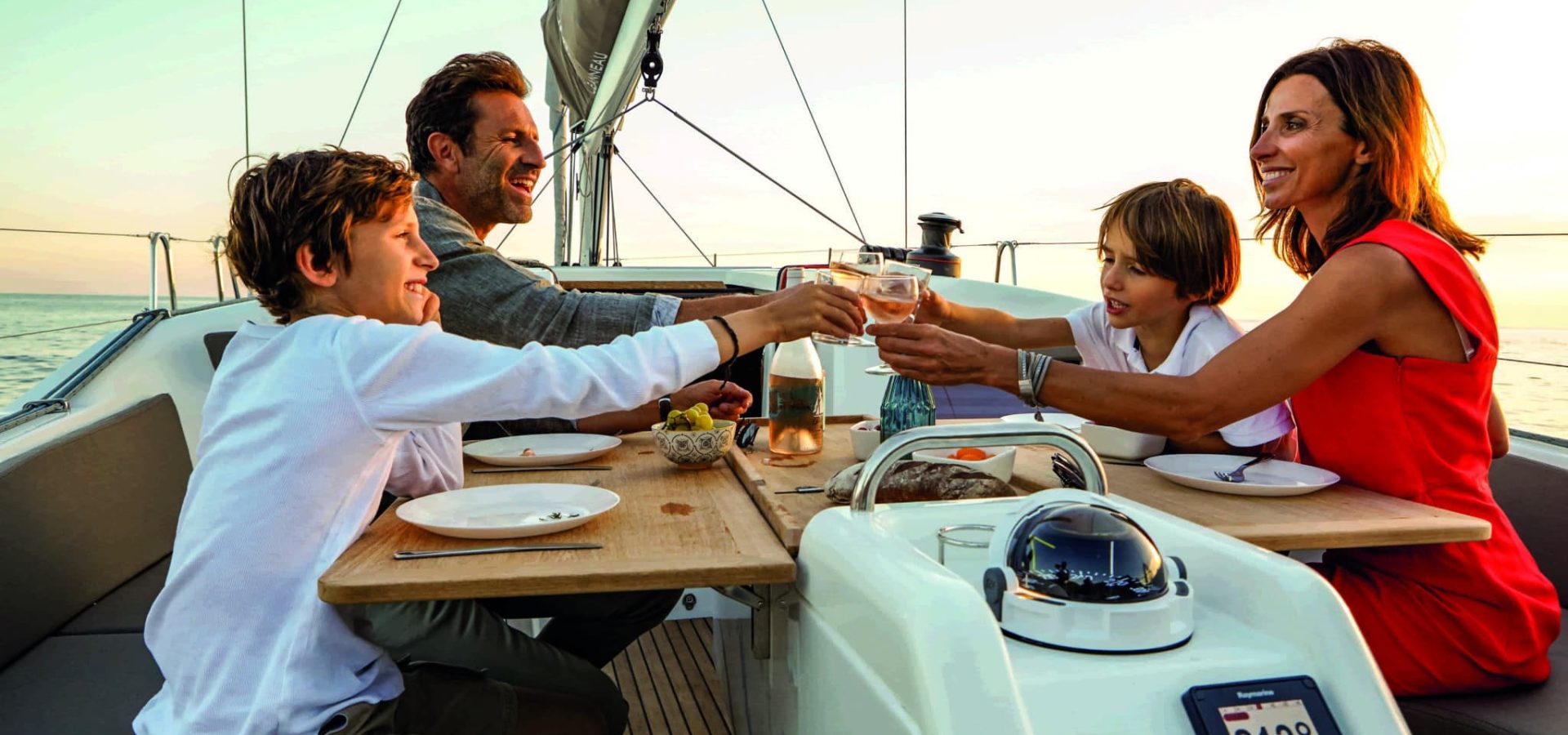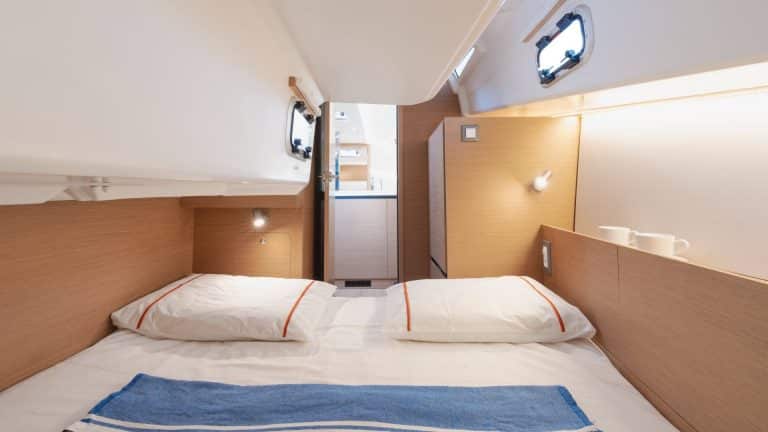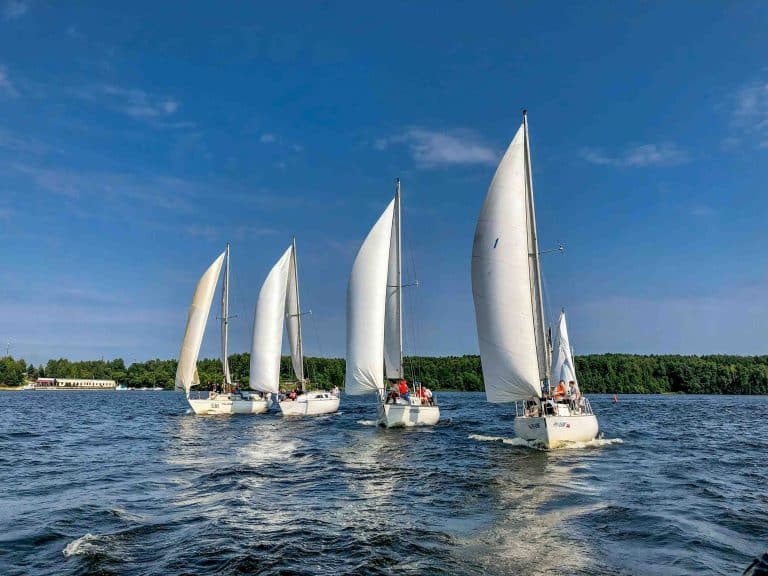We often hear if it is possible to sail around the world in a sailboat. The answer is easy: Yes, you just need preparation and an adventurous mind. A sailing adventure is nothing more than a set of specific tangible and intangible parts that, if you have it under control, will allow you to live the best years of your life.
Sailing around the world can be the experience of a lifetime, a sailing adventure that makes you feel like you are living life to the fullest and not settling for a life that is too boring and ordinary. However, getting on a boat and sailing around the world is not something you can do a week after deciding you want to do it. In order to embark on your sailing adventure and sail around the world, it is necessary to create a meticulous and detailed travel plan that contains all the distances, entrance fees, necessary documents for each destination and all essential equipment.
Wanting to sail around the world is a unique plan that requires dozens of elements and skills. To get an overview, we have compiled everything you need for a successful round-the-world sailing trip.

Which route should I take to circumnavigate the world by sea?
Normally, people sail around the world on an easterly route following the wind. Therefore, following a westerly route will be much more difficult. You can choose any route you like, but most sailors take the easterly route and follow the wind.
A common alternative to the typical eastbound route is to sail around the Red Sea and the Mediterranean instead of around South Africa. This is a slightly faster route than sailing around the Cape of Good Hope. Bear in mind that the East African coast is not always safe.
On the other hand, if you’re looking for a more challenging route and a bigger sailing adventure, you can sail under South America instead of using the Panama Canal. A more daring option is to take the Northwest Passage and sail around North America. Be aware that these routes are longer, and if you take the Northwest Passage, it is risky to sail through Arctic waters.

How long does it take to sail around the world?
It is possible to circumnavigate the globe in about 15 months, but if you are not in a hurry, we recommend spending a few years at sea and not rushing the trip. If your goal is to make the trip in less than two years, the stops should be much shorter, as any delays, such as hurricane season, must be taken into account.

How much does it cost to circumnavigate the world with your own boat?
While at sea, you will spend around €2,000-3,000 (minimum €1,000). Set a high figure as it is more realistic and will avoid problems in the long run. Bear in mind that if you are constantly making a lot of stops, your expenses will increase proportionally.
You have to take into account the cost of the equipment needed for this type of voyage, which is in addition to the cost of your boat and the cost of day-to-day living. The equipment needed can cost upwards of €15,000, it is important not to skimp on equipment as it can be a life saver.
In addition, you will encounter other charges while at sea, such as having your boat moored during hurricane season. You will also have to pay for storage and miscellaneous port fees.
Repairs are another part of your expenses, as you may have to pay €1,000 or €2,000 to fix your autopilot or engine. If you want satellite internet while at sea, it will cost about €120 a month, and you will only be able to use a very small amount of data.
However, $3,000 a month is more than enough to pay for all the above expenses. 1,500 could be enough if you manage to keep the costs down.
In addition, as you might be thinking, you will also need a good sailboat, here are the different models we offer with which it would be possible to circumnavigate the world.

Recommended navigation equipment
Your planning list will go on for miles, but we’d like to mention a few things that we think are a must for your next sailing adventure.
Water generator
Unless you plan to stay close to shore most of the time and make the trip by car, you’ll need plenty of water. Full tanks probably won’t be enough.
Generator for electricity
The same goes for electricity. Whether you choose a hydro generator, solar panels or a wind turbine, you will most likely need some form of power generation.
Satellite phone
Whether it’s for safety reasons or because you want to stay in touch with your family, this is a must. You should not set sail without a reliable weather report. There are many options, including satellite internet.
Sails
The value of good after-sails to propel you forward even in light winds is undeniable, although they are not always high on a sailor’s list of priorities. If you are planning a long passage, you will appreciate them, as conditions will not always be favourable.
Autopilot without power
Autopilots will save you a lot of headaches on long legs, especially if you’re doing things with a small crew.
AIS transponder
Not only is it good to have for obvious reasons, but it is also mandatory in some areas and will save you money on certain insurance plans.
Safety equipment
A lifeboat, sufficient lifejackets and harnesses are a must. As for the lifeboat, preferably one that is not old. As for the lifejackets, preferably with a crotch strap and bonnet, as well as a light, a reflective element and a whistle. And for harnesses, preferably a three-point harness. Also have a bag ready with an emergency beacon, basic survival items and some provisions. A medical kit is also a good thing to have on hand.
Tools
A power drill, spare parts, cables, wires, cords, patches, glue, pliers, a knife, a hammer…. These items are not particularly expensive, so make sure there is a toolbox on the boat with everything you need.
Sail repair kit
It is essential to have some spare sails, as incremental wear and tear is an inevitable part of long-term, long-distance sailing, so be prepared to repair them here and there.
Fishing equipment
You never know when your fishing gear might come in handy. What is clear is that if you want to save money on food consider fishing and eating fresh fish. We recommend taking a good fishing rod with you, with spare line, some hooks and bait.






